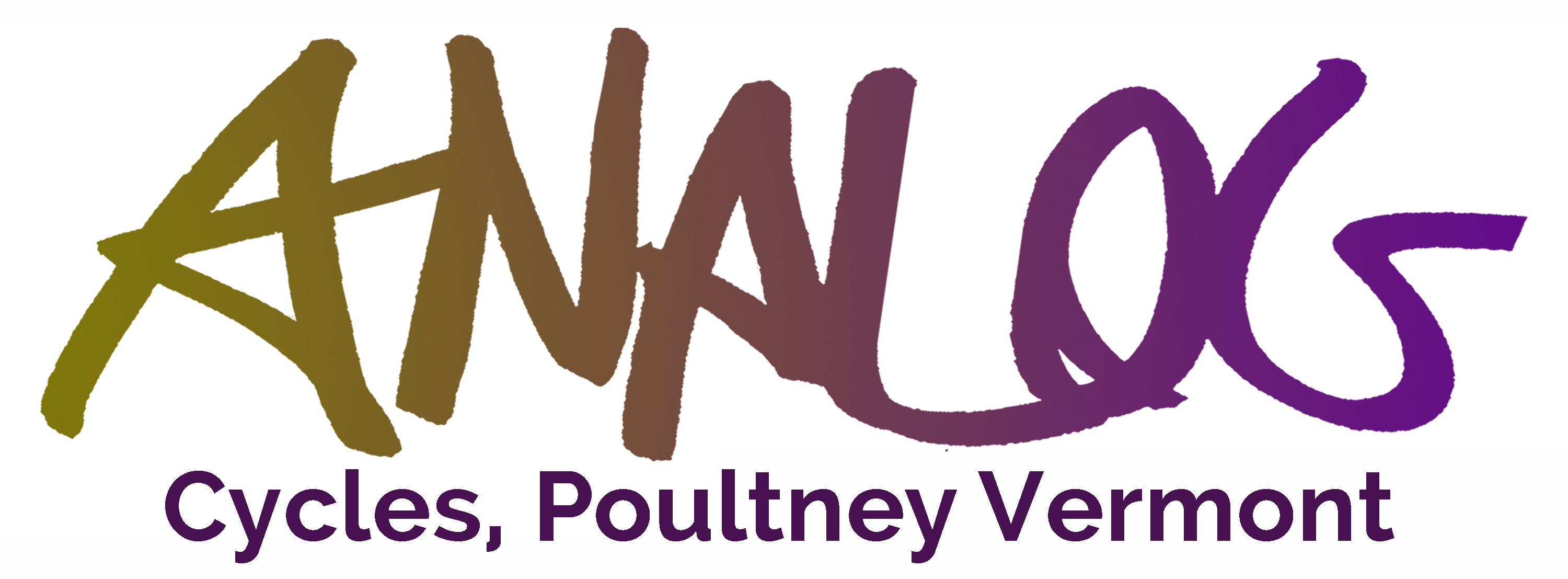At times, the bicycle saddle exists as an afterthought, perched atop a seatpost (that received even less attention) as a place to park one’s posterior while the rest of the bike does everything important. On bikes sold and spec’d complete, saddles are sometimes seen as a place for the dealer or manufacturer to resist adding significant cost or weight, in an effort for stickers to remain competitive in these arenas. Taking an optimistic view, the wise consumer simply swaps and stashes any sub-optimal saddles as spares for when a buddy’s carbon rail torture device meets an early demise. The reality is, the saddle is the part of the bike with which we share our most intimate contact, and it’s worth getting right. While it may not be cheap, the upside is that many of the most useful saddles are also the best looking. Further, like anything that’s going to be touching your privates, it’s worth shelling out for.
In general, the more weight the rider places on the saddle, the wider and more flexible the saddle should be. An upright riding position (as achieved with high and/or swept back handlebars) pairs comfortably with a wide, firm, and supportive saddle. The Brooks B-67 is a fine candidate. Given that pressure is a ratio of force to area, and weight, a measure of force: a wide saddle better distributes the weight of the rider over a larger surface area, thereby reducing the pressure. By contrast, a more forward riding position with more weight upon the hands typically calls for a narrower and possibly less flexible saddle. Bent at the waist, a rider’s thighs would usually interfere with a wide saddle.
